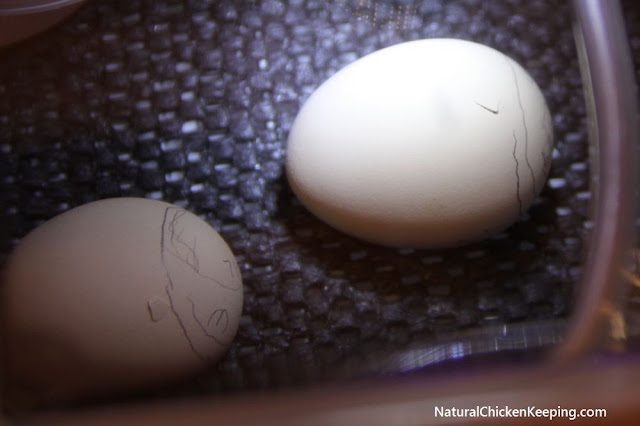Leigh here -
This may be the last post I actually get to write myself for the next few weeks. I have taken off my brace just for the occasion - LOL. Surgery is tomorrow. (Please remember to send me your articles on natural chicken keeping methods!)
Anyhoo - since typing has been painful lately, this post will be mostly photos of an exciting event that took place in the chicken yard the other day.
This "event" serves as a reminder that our chickens need plenty of meat protein in their diets! This is most important if your flock does not free range very much.
Meat Penny -
(oops! Freudian slip!)
Penny is my Production Red hen who faithfully lays an egg every day. She hasn't taken a break from laying since she presented us with her very first egg a few months ago.
The other day while out free ranging, Penny scored BIG! She was lucky enough to catch our resident Blue-Tailed Skink. The chase lasted for about 15 minutes.
This may be the last post I actually get to write myself for the next few weeks. I have taken off my brace just for the occasion - LOL. Surgery is tomorrow. (Please remember to send me your articles on natural chicken keeping methods!)
Anyhoo - since typing has been painful lately, this post will be mostly photos of an exciting event that took place in the chicken yard the other day.
This "event" serves as a reminder that our chickens need plenty of meat protein in their diets! This is most important if your flock does not free range very much.
Meat Penny -
(oops! Freudian slip!)
Penny is my Production Red hen who faithfully lays an egg every day. She hasn't taken a break from laying since she presented us with her very first egg a few months ago.
The other day while out free ranging, Penny scored BIG! She was lucky enough to catch our resident Blue-Tailed Skink. The chase lasted for about 15 minutes.
If you find a lizard,
you will make a lot of friends!
Your friends will want to "see" your lizard.
Don't let them "see" your lizard.
Instead... Run!
Run as fast as you can until you find a private place to drop and inspect your lizard.
When you drop your lizard...
Inspect your lizard. Be certain that it is still a lizard.
If it is still a lizard, pick it back up,
and RUN!
Once you have run around enough to catch the attention of EVERY bird in the entire chicken yard,
hide... and EAT your lizard.
And that, my friends, is how to eat a lizard!
Tell us - what kinds of meat do you feed your flock (aside from lizards)?
By Leigh
*









































